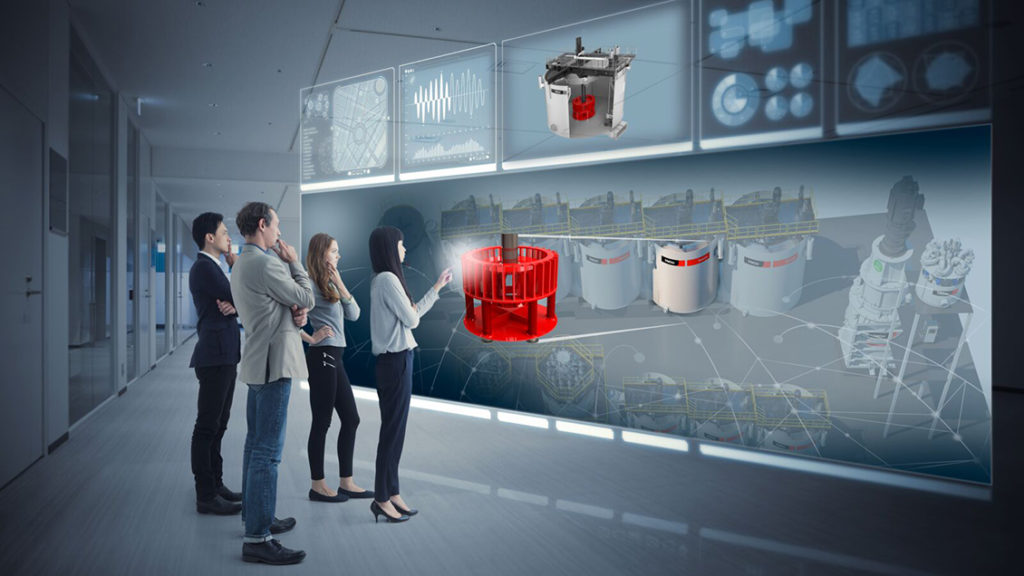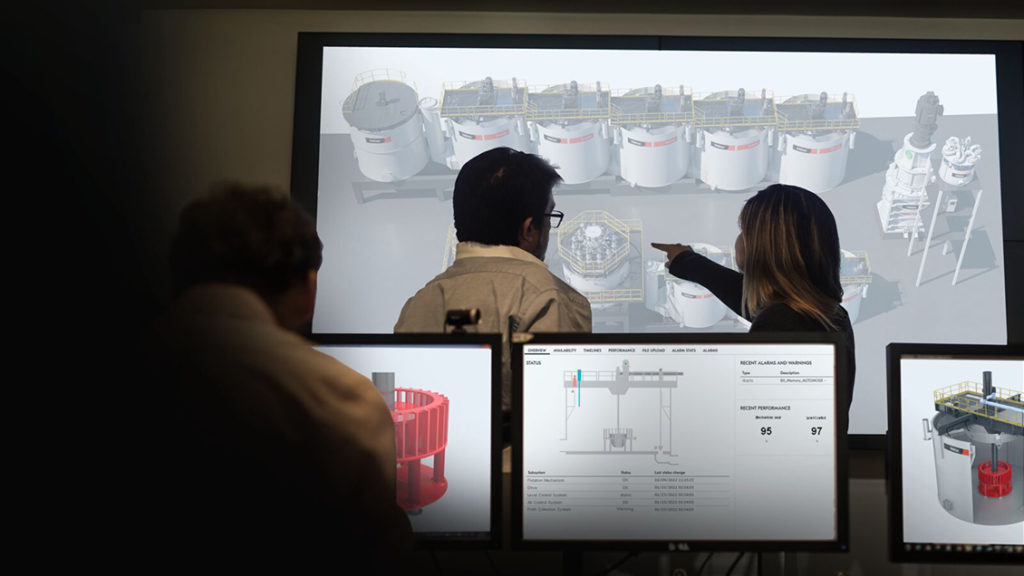Revolutionizing flotation: Unlocking efficiency through digitalization
In the constantly changing environment of mining and mineral processing, efficiency is of utmost importance. Every operation seeks ways to enhance productivity, reduce costs, and improve sustainability. Amidst these goals, the integration of digitalization, process optimization, and automation has emerged as a pivotal strategy. Nowhere is this more evident than in the domains of flotation where the convergence of technology and innovation is reshaping the landscape.

Unleashing the power of data
In the domain of flotation, the importance of early issue detection and swift correction cannot be overstated. With the aid of digitalization, mining operations can now proactively monitor key parameters in real time, enabling the rapid identification of potential issues before they escalate and hamper performance. Whether it’s inherent ore composition variations, fluctuations in reagent dosages, or changes in equipment performance, digital solutions offer unparalleled insights into the health of the flotation process.
By leveraging this data-driven approach, operators can implement corrective actions promptly, optimizing flotation efficiency, minimizing downtime, and safeguarding against costly disruptions. In an industry where every percentage point of recovery matters, a proactive approach enabled by digitalization is not just advantageous but becoming essential for maximizing profitability and sustainability.
Where does one start and what is available?
In the flotation process, reagents are mixed with slurry to generate bubbles and disperse air. This promotes bubble attachment, causing them to float towards the froth zone. It’s crucial to promptly collect the froth in the launders to enhance metallurgical performance. The flotation circuit typically consists of multiple stages of flotation cells.
In terms of digitalization, several technologies and solutions are available to enhance the efficiency, productivity, and sustainability of flotation mining operations:
Process Control Systems
Advanced process control (APC) systems use real-time data from sensors such as LevelSense™, FrothSense+™ and Courier analyzers to optimize flotation parameters such as reagent dosages, froth speed, pulp levels, and airflow rates. These systems enable automated control and adjustment of process variables, leading to improved recovery rates and reduced operating costs.

Data Analytics and Predictive Modeling
Digital solutions leverage data analytics and machine learning algorithms to analyze historical data and predict future trends in flotation performance. By identifying patterns and correlations in process data, operators can make informed decisions and preemptively address potential issues before they impact production.
Online Analytical Instruments
Online analyzers, such as Courier analyzers, provide continuous monitoring and analysis of key parameters in the flotation circuit, such as mineral composition, elemental concentrations, and reagent levels. This real-time data enables operators to quickly detect deviations from optimal conditions and take corrective actions as needed.
Digital Twins and Operator Training Simulators (OTS)
Digital twin technology such as Geminex™ creates virtual replicas of physical assets and processes, allowing for simulation, optimization, and predictive maintenance. In the context of flotation, digital twins can model the behavior of flotation cells and predict their performance under different operating conditions, facilitating process optimization and troubleshooting. Learning how to operate and maintain flotation equipment in a live setting can also be a real challenge when any mistakes made can have a direct impact on production, asset health and safety. Operator Training Simulators such as Geminex™ OTS allow plant personnel the experience of operating their equipment in a digital, virtual and realistic environment. This allows new operators to virtually operate a flotation circuit and learn from mistakes without real-world consequences.

Remote Monitoring and Control
Cloud-based platforms and remote monitoring tools such as the Metso Metrics monitoring platform enable operators to monitor and control flotation operations from anywhere, improving operational flexibility and responsiveness. Leveraging information from IoT devices and consolidating it within integrated platforms connected to a central hub like a Performance Center with remote access to expertise when needed enables mining companies to exercise greater precision in production control and planning. These tools also facilitate collaboration, data sharing, and decision-making across geographically distributed teams.
Certainly, collaboration and partnerships have emerged as central components of the digital transformation within the mining industry. Strategic alliances are increasingly recognized as pivotal, highlighting their growing importance in driving innovation and progress within the sector. Partnering with an end-to-end, one-stop solution partner offering tailored solutions with expert insights and services to meet specific operating conditions and objectives proves to be beneficial in this regard.
By embracing digital technologies, mining companies can enhance their competitiveness, sustainability, and profitability in the rapidly evolving mining industry.
Find support to unlocking your digital potential here: Your #1 service partner from pit to port

Comments